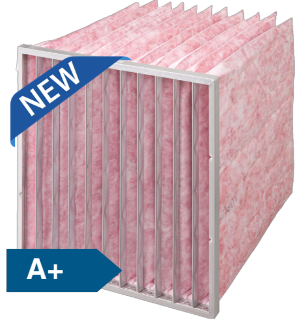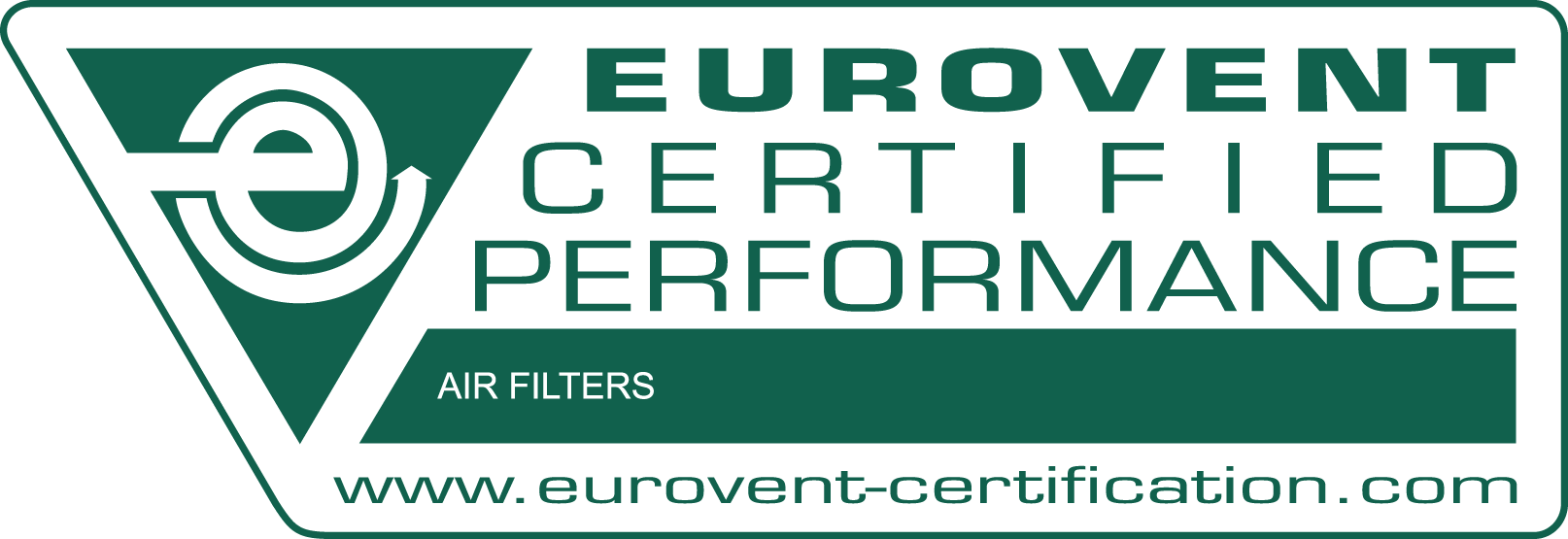
The HQ85/ES ePM1 A+ bag filter is used as a fine filter in air treatment cabinets, air conditioning systems and public areas, and as a pre-filter in clean rooms and the pharmaceuticals industry. This bag filter is our most energy efficient to date, significantly reducing energy consumption and at the same time improving the carbon footprint.
The innovative A+ label bag filter improves the indoor air quality by removing the finest particles (ePM1) from the air. Because this high filtration efficiency is combined with lower energy consumption and reduced CO₂ emissions, it is also our most sustainable filter yet.

AFPRO Filters BV participates in the ECP certification programme for Air Filters (FIL). Check the ongoing validity of the certificate: WWW.EUROVENT-CERTIFICATION.COM